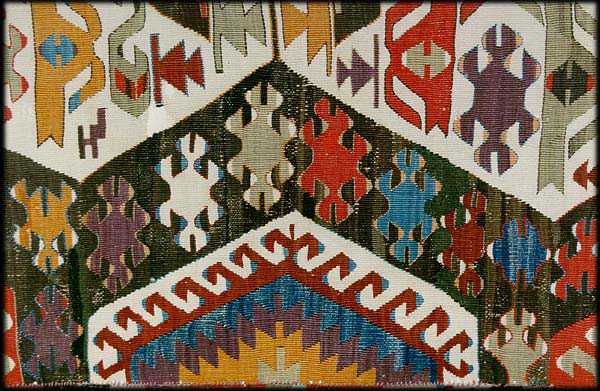Turkish Kilim Symbols
Most Turkish kilim designs have their roots in the conservative, indigenous, pre-Christian and pre-Islamic backgrounds of the rural population and are related to the basic themes of life: birth, marriage, fertility; spiritual life and happiness; love and unison; and death. They reflect the ancient cults and practices of their ancestors around these events. There are many symbols in the vocabulary of the weaver and many stylizations of each symbol. Unlocking the keys to these symbols reveals a deeper insight into the values, dreams and culture of the Anatolian people and expresses layer upon layer of history and influence in the region.
More onTurkish Traditions
Comments
One response to “Turkish Kilim Symbols”
-
The motifs are mattchig their cousens of the Amrican indians …

 way into paradise.
way into paradise.
Leave a Reply